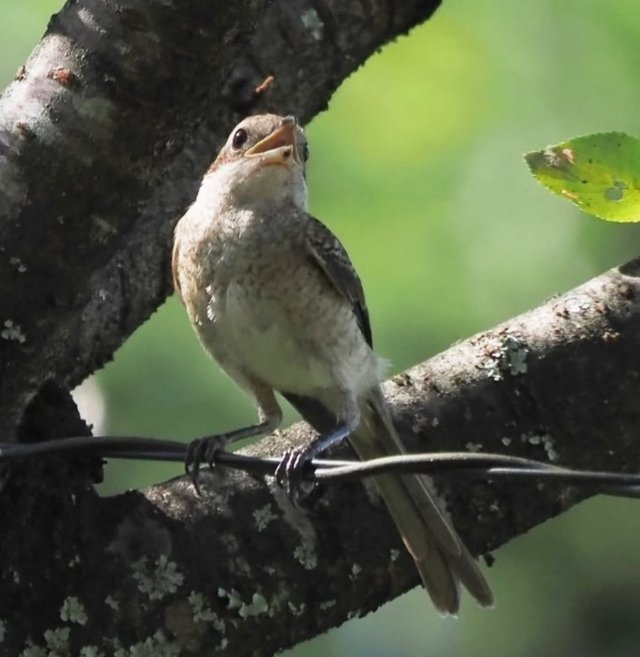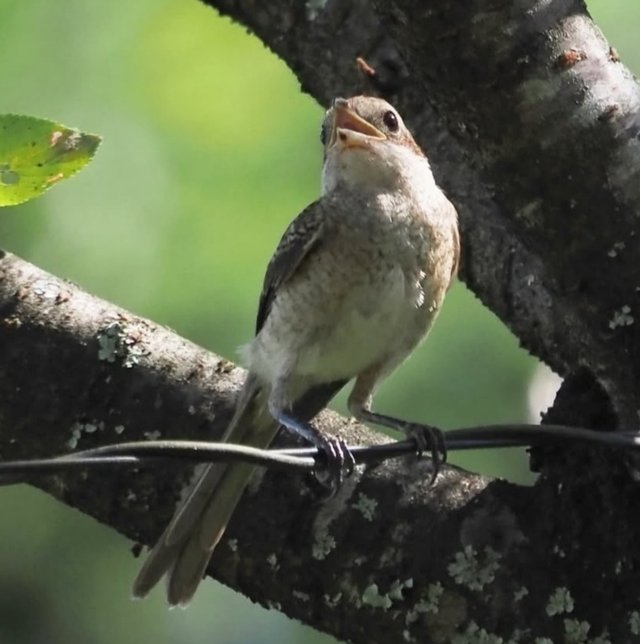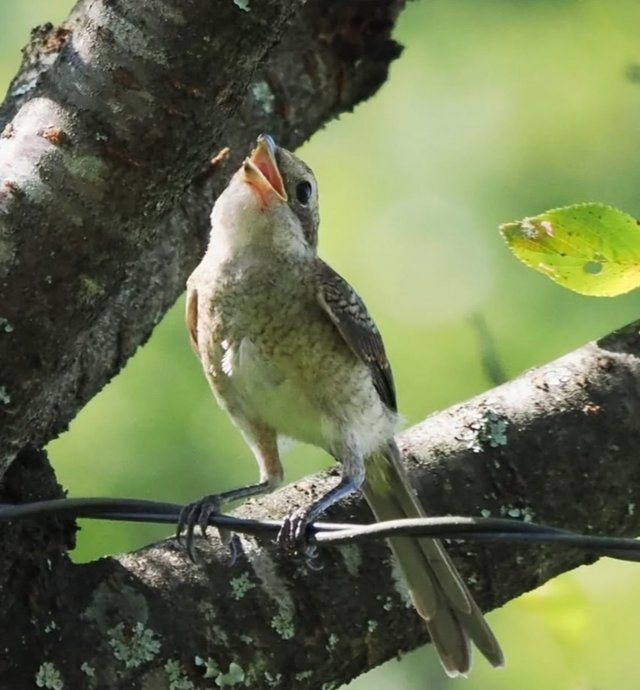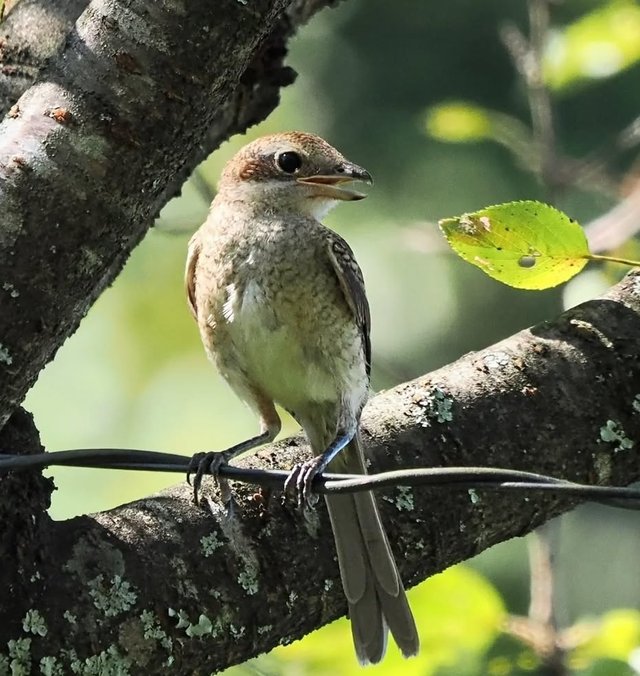So Cute Red-Backed Shrike Bird
The Red-backed Shrike is a small but fascinating bird that captures the imagination of birdwatchers and nature enthusiasts alike. Known for its striking plumage and unusual hunting behavior, this bird has earned both admiration and intrigue across Europe, Asia, and parts of Africa. Despite its delicate appearance, the Red-backed Shrike is sometimes nicknamed the “butcher bird” for its habit of impaling prey on thorns or barbed wire. This behavior, though seemingly brutal, is an ingenious adaptation that allows it to store food for later consumption.
Appearance and Identification
The Red-backed Shrike is a medium-sized passerine bird, measuring about 16–18 cm in length, with a wingspan of 24–27 cm. Males are particularly striking, with a slate-grey head, a black facial mask running through the eye, warm reddish-brown back, and pale underparts tinged with pink or buff. Females and juveniles are more subdued in coloration, often sporting brownish tones and barred plumage, which provides excellent camouflage among shrubs and hedgerows. This sexual dimorphism makes males easy to spot during the breeding season, while females blend into their environment for protection during nesting.
Distribution and Habitat
The Red-backed Shrike breeds across much of Europe and western Asia, favoring open countryside, farmlands, meadows, and areas with scattered shrubs or hedges. It avoids dense forests but thrives in landscapes that provide both open hunting grounds and thorny bushes for nesting and food storage. During winter, the bird migrates long distances, spending the colder months in sub-Saharan Africa. This migration is a remarkable journey that highlights the species’ resilience and adaptability.
Behavior and Diet
What truly sets the Red-backed Shrike apart is its hunting style. Despite its small size, it is a formidable predator of large insects, small mammals, lizards, and even young birds. Using its sharp, hooked beak, it captures prey and often impales it on sharp thorns, branches, or even barbed wire fences. This habit serves multiple purposes: it helps the shrike tear apart its food more easily, acts as a food cache, and even functions as a way of attracting mates by demonstrating hunting prowess.
The bird typically hunts from a perch, scanning the ground or air for movement before swooping down in a swift and precise attack. This "sit-and-wait" hunting strategy is highly effective in its preferred open habitats.




